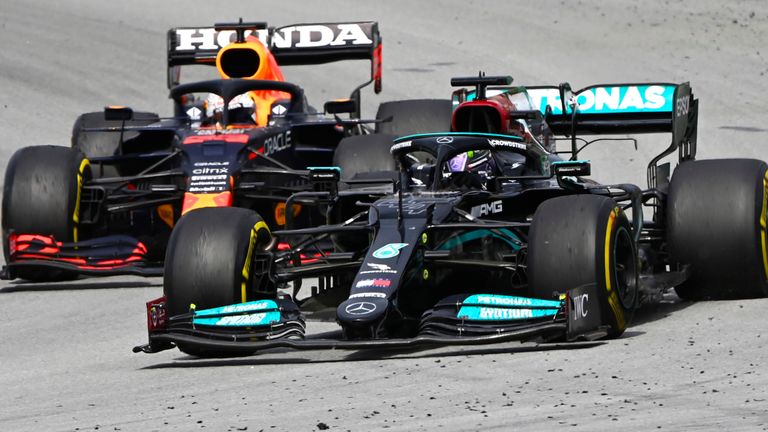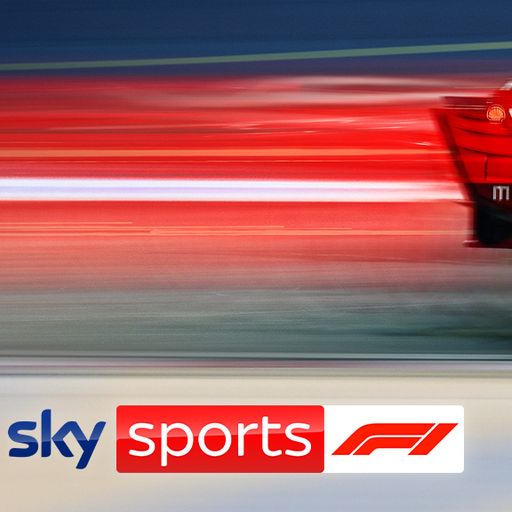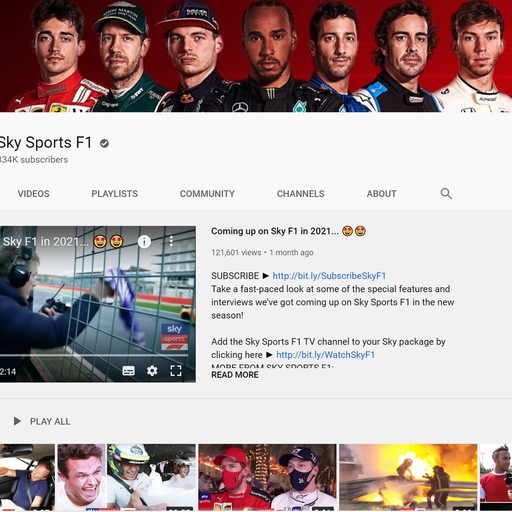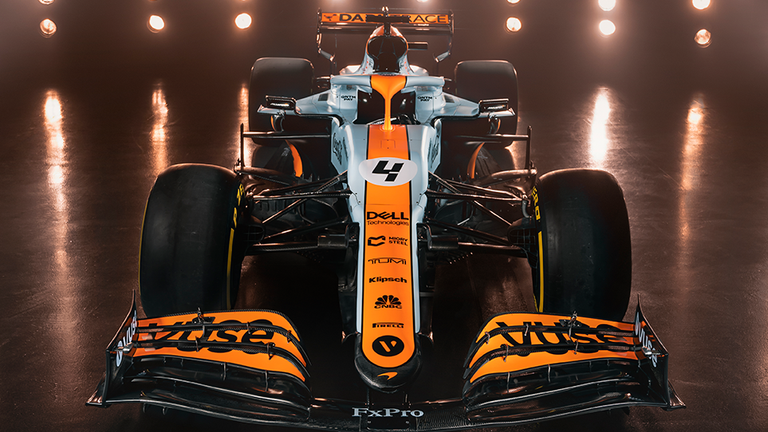Mercedes vs Red Bull: Why Monaco GP is crunch event for both teams as F1 2021 title battle takes shape
Ahead of the fifth race of an engrossing Formula 1 season, Mark Hughes ponders whether Mercedes have really pulled ahead of Red Bull with their car, the strengths and weaknesses, and if Monaco's famous streets could bring the challengers back into the fight
Wednesday 19 May 2021 09:05, UK
There are two ways of reading the competitive picture between Mercedes and Red Bull so far this season. Monaco this weekend will reveal which of them is true.
In terms of performance - rather than results - we could look at the four races and say it's pretty clear that Mercedes began the season behind in Bahrain, closed the gap a little in Imola, drew level in Portimao and edged ahead in Barcelona. It paints a picture of relentless Mercedes development and fine-tuning of its car, of a car with a sweet spot which is maybe trickier to find but which is ultimately faster once in that sweet spot.
- Monaco GP feature: Explaining the allure of F1's ultimate spectacle
- Full Monaco GP schedule on Sky F1: When to watch this week
But it may not be that at all. It may well just be a coincidence that the sequence of tracks run on so far, in the way they reward and punish different aspects of car traits, have presented that picture. If the first four races had run in reverse order, would we have seen a Mercedes that began the season ahead in Spain, dropped level in Portugal, fell behind a little in Imola and further behind in Bahrain?
The strengths and weaknesses of F1 2021's fastest cars
What do we know of the traits of the two cars and how they compare?
We have seen that the Red Bull gets its tyres up to temperature quicker (great for qualifying laps and undercut attempts) but uses them up quicker during a stint (bad for strategic flexibility and defending the undercut). The Merc's gentler tyre usage has sometimes been amplified by the way Lewis Hamilton treats the rubber.
This was seen to great effect in Portugal. When running behind Verstappen there, he was not attacking at all in the middle section of the lap where passing is not feasible, allowing the Red Bull quite a gap - and then each lap he'd close right back up on it into the hairpin of Turn 13, the speed through which determines the speed onto the long Turn 14/15 sweep and onto the straight. With cooler rear tyres, he was getting better traction out of the hairpin and with cooler front tyres he was able to sit close to the Red Bull through the fast sweeps and therefore get more benefit from the DRS.
At Barcelona the Red Bull's greater thermal degradation was a race-losing trait. That circuit's long duration corners, with almost no let-up until the pit straight, means that it is always a tyre deg race. It looked like Mercedes won it on strategy, by switching to a two-stop and leaving Verstappen defenceless but in reality they could have won it in any number of different ways because their car simply had much better tyre deg than the Red Bull.
Aerodynamically, the Red Bull and Mercedes are very different. The high-rake RB16B has a very strong front end, particularly valuable into slow corners. High-rake gives a greater migration of downforce towards the front at slow speeds, as the rear of the car rises. The effect is much less pronounced in a low-rake car such as the Mercedes which typically does not have as strong a front end into slow corners.
When this was combined in Bahrain with corner sequences that placed extreme demands on the front end - hard braking into the slow Turn 10 when already cornering or a sudden direction change right when loaded up left (Turn 6) - it lost a lot of lap time to the Red Bull. It was a similar story through Rivazza 1 at Imola.
Do Monaco's narrow streets favour Red Bull?
Portimao showed an interesting pattern in that the Mercedes was actually quicker through the slow corners but as much as 10kph slower through the fast ones. This wasn't necessarily because Mercedes had suddenly found a lot of front end grip, but could simply be about where the differing optimum set up was for the two cars. If the Red Bull could find more lap time from a set up that more fully exploited its high-speed grip, then the set up would favour that even at the expense of slow corner performance.
The Red Bull can be loaded up with more total downforce, but this comes at the expense of a drag level which can be too costly. The big rear wing used on Friday at Barcelona gave the best combination of lap time and tyre protection but would have left them too vulnerable to Mercedes at the end of the straight.
Now we go to Monaco where tyre deg and drag are almost irrelevant. It's all about how much downforce can be loaded onto the car, low speed downforce especially, with no considerations needed for high speed aero. Based on what we've seen so far, that suggests a Red Bull track.
Unless of course Mercedes genuinely has been making more progress with its car than Red Bull…







